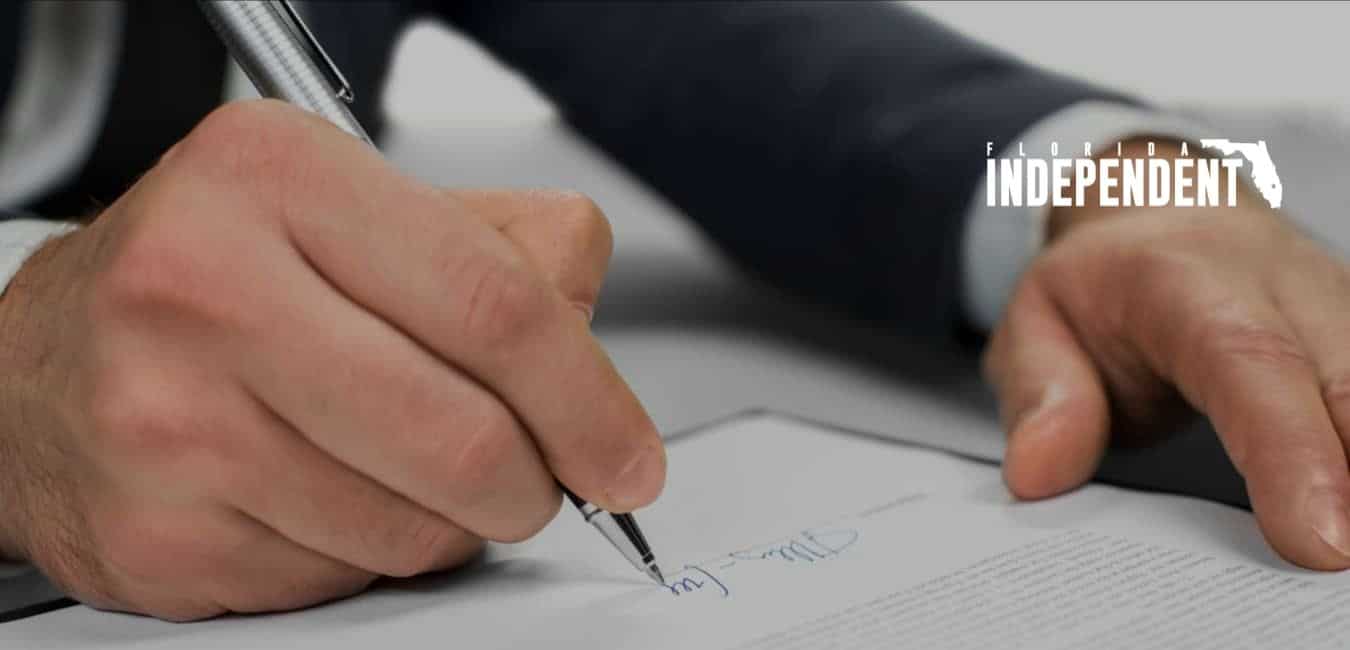If you are in rideshare and you get injured, whose fault is it and how do you prove it?
Rideshare accidents are increasing in occurrence now that we are encouraging carpooling. The growth of Uber and Lyft have seen an increase in legal issues surrounding accidents in those sharing a car. Who is at fault for it? How do you tell? And what can you do about it? Here is everything you need to know about determining fault in a rideshare accident in the US.
Table Of Contents
Ridesharing is On The Rise

Ridesharing is on the rise for multiple reasons. It can be cost-efficient for those who carpool to the same location. If many of your colleagues live in your area, it makes sense to share the costs of travel. Similarly, ridesharing has become popular thanks to the environmental issues the planet is currently facing. It is better for the environment to make one journey together than for you and your friends to travel to locations separately. As such, this can mean ridesharing is a viable answer.
But just as ridesharing is on the rise, so too are the number of accidents experienced during rideshares. Companies like Uber are responsible for a sharp rise in traffic accident deaths overall. Studies suggest this correlate to a 2-3% overall increase in the number of people killed in car accidents.
The ridesharing market is worth $85.8 bn USD worldwide as it currently stands. Uber represents the largest portion of this, with $24bn in investments. Lyft are close runners up, whose first ever safety report highlighted 4,000 assaults on drivers or passengers. You can learn more about claiming compensation if you have been involved in either an accident in a rideshare, or an assault.
When it comes to determining fault, the investigators will use the same principles as they use for any other accident or injury. Liability lies on the person who caused the accident. If your driver caused the accident, they will be liable. If the other driver caused it, the liability would fall to them.
If the driver was on the ridesharing app when the accident happened, they may be liable for a portion of the blame. The app’s insurers may help fight their case.
If nobody else was involved in the accident, investigators may see this as your driver’s responsibility. In any event, you are not responsible for a ridesharing accident unless you physically distract the driver somehow.
Involving a Lawyer is the Best Way to Represent Yourself

The best thing you can do for yourself in this situation is to hire a lawyer. If you are not at fault, yet you received an injury, then you could receive personal injury compensation. A lawyer can represent your interest even if you are not sure what those interests are in the eyes of the law. A lawyer could do the investigative work to determine who was at fault in your accident. They may do this by interviewing you, interviewing witnesses, and examining police reports.



